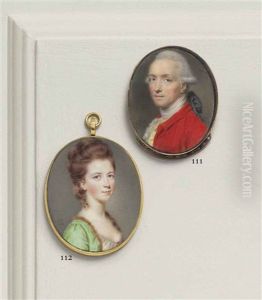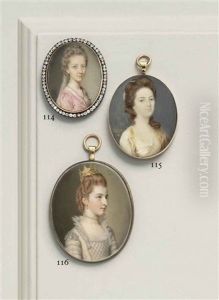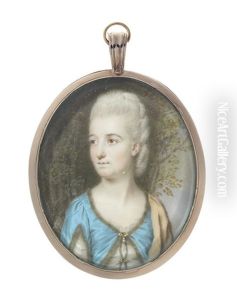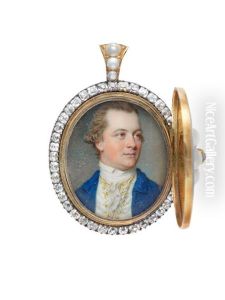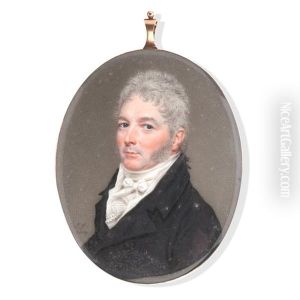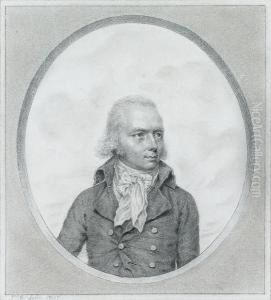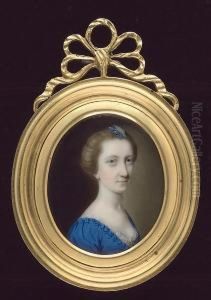John Ii Smart Paintings
John Smart, also known as John II Smart to distinguish him from his father, who was also an artist, was a prominent English portrait miniaturist. Born in 1741, Smart was apprenticed to a ship painter in Woolwich. However, it was his work in miniature painting that gained him recognition. He studied at Shipley's drawing school where he won a prize in 1755, which helped establish his career.
Smart quickly developed a reputation for his miniature portraits, which were noted for their fine detail and precision. His clientele included many notable figures of the period. In 1762, he exhibited for the first time with the Society of Artists and continued to show his work there until 1765. By 1765, Smart had been elected as a director of the Society of Artists, and the following year he became a member of the Incorporated Society of Artists.
In 1769, Smart left for India, where he spent a decade painting the European and Anglo-Indian elite. His time in India was quite successful, and he was able to command high prices for his work. Upon his return to England in 1789, Smart continued to exhibit his work, showing at the Royal Academy until 1804. Smart's technique was characterized by a highly controlled and meticulous method, often using stippling to create textures and fine details.
Throughout his career, John Smart competed with other miniaturists of the time, such as Richard Cosway and George Engleheart. Despite the fierce competition, Smart maintained a high level of success and was considered among the leading portrait miniaturists of his day.
John Smart died in 1811, leaving behind a legacy of work that continues to be appreciated for its beauty and skill. His miniatures can be found in numerous art collections and museums, and they provide a unique window into the faces and fashions of the late 18th and early 19th centuries.

